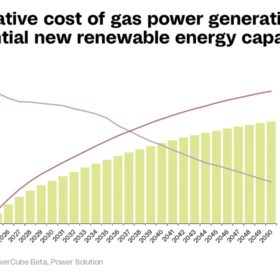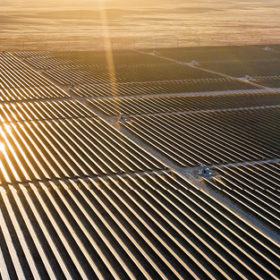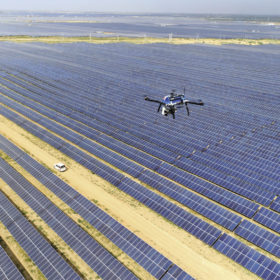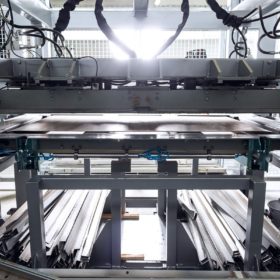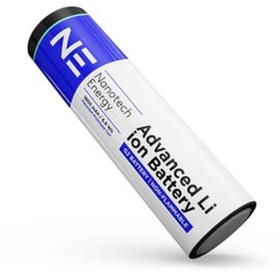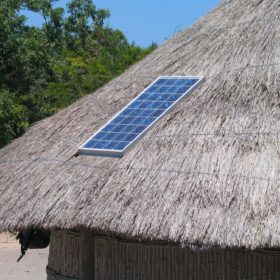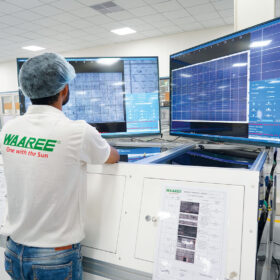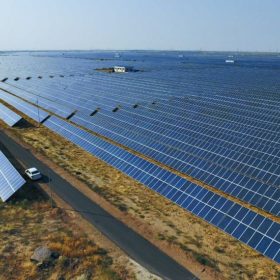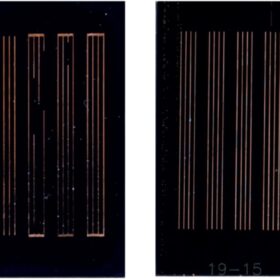New solar capacity 10 times cheaper than gas, says Rystad
Operating gas-fired power plants would be 10 times more expensive in the long-term than building new solar capacity in Europe, according to research from intelligence company Rystad. Their study uses the levelized cost of energy (LCOE) for gas and coal-fired power generation at different price levels and compares it to the LCOE of solar PV and wind.
Annual added PV capacity will more than quadruple to 650 GW in 2030, says IEA
The International Energy Agency (IEA) has published its “World Energy Outlook 2022” report. It expects the energy crisis triggered by Russia’s invasion of Ukraine to accelerate the global energy transition.
The long read: Cobalt clings on
Cobalt is key for boosting energy density and battery life, but it comes with caveats: expensive, scarce, and linked to unethical mining practices, wild price fluctuations, and a tenuous supply chain. In recent years, battery manufacturers and automakers have intensified efforts to reduce or eliminate cobalt in lithium-ion cathodes. But sometimes, old habits die hard, as pv magazine’s Marija Maisch explains.
GUVNL tenders 1 GW of solar projects
Gujarat Urja Vikas Nigam Ltd (GUVNL) has launched a tender to procure up to 500 MW of solar power from non-park-based PV projects to be set up anywhere in India with greenshoe option of additional up to 500 MW. Bidding closes on November 28.
Automating maintenance for solar power plants
Robotics is evolving to ease the maintenance of solar power plants. From drones combined with thermal imaging to the robotic cleaning crew for large-scale solar PV plants, automation and robotics are constantly evolving for the cleaning and maintenance of PV plants.
Kelwon introduces wall-mountable lithium battery inverters in India
Kelwon has introduced Lithium battery inverters as a compact and safe alternative to conventional lead-acid battery inverters. These inverters have an inbuilt lithium battery, which can be charged with solar as well as grid electricity.
New industrial plant concept for end-of-life PV panel recycling
Italian startup Tialpi is developing a process to recycle end-of-life solar panels that promises to recover 100% of a PV module’s weight. The new plant design is currently being tested at the company’s facility in the Italian northern province of Biella.
Non-flammable, graphene-based lithium-ion batteries approaching stationary storage market
US-based Nanotech Energy’s graphene battery uses proprietary electrodes with a thermally stable separator, and non-flammable electrolyte that is said to be inexpensive to manufacture. The technology is said to be superior in terms of safety and competitive in terms of cell performance.
EKI Energy, First Source launch climate edtech, finance venture
EKI Energy and First Source Energy have launched a joint venture entity that will drive focused educational initiatives while also mobilising funds from global markets for sustainable climate projects across the globe.
KSolare unveils three-phase solar inverters
The 5G-Pro series grid-tie solar inverters are available with a power range of 3 to 60 kW.
